Choosing a stone restoration contractor by comparing bids based on price only can be a costly mistake. Here are three tips for comparing stone restoration bids.
 3 Tips for Comparing Stone Restoration Bids
3 Tips for Comparing Stone Restoration Bids 3 Tips for Comparing Stone Restoration Bids
3 Tips for Comparing Stone Restoration BidsChoosing a stone restoration contractor by comparing bids based on price only can be a costly mistake. Here are three tips for comparing stone restoration bids.
 Why Pool Decks Turn Green and Black
Why Pool Decks Turn Green and BlackWhat is that green and black stuff that grows on pool decks? Read this article to learn what it is, how to remove it, and how to minimize the likelihood of future discoloration.
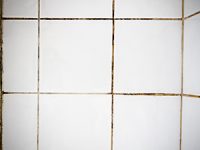 Resolve Dirty Grout Problems Once and For All
Resolve Dirty Grout Problems Once and For AllIf your grout looks dirty or seems to be a dirt magnet, there are real, lasting solutions available. Read this article to learn how to resolve dirty grout problems once and for all.
 Stone Fabrication. Stone Restoration. What’s the Difference?
Stone Fabrication. Stone Restoration. What’s the Difference?Are you considering natural stone as a material for your kitchen or bath new construction or renovation plans? You’ll need to enlist the services of both a stone fabricator and a stone restoration contractor. Here are the details.
 Countertops: Your Essential Guide
Countertops: Your Essential GuideThinking about purchasing new countertops? You’re going to love the Surface BUZZ magazine Kitchen Countertop edition! When you begin your search for the right countertop material for your new kitchen, it is important to educate yourself on all your options before you make your selection.
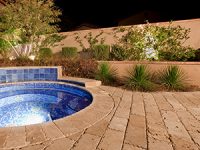 Limestone Selection and Care
Limestone Selection and CareFor anyone considering having limestone installed, as well as anyone with an existing installation, read this article to learn where limestone works best, why limestone is not suitable for wet areas, and how to care for limestone.
 Removing Urine Stains and Odors on Natural Stone
Removing Urine Stains and Odors on Natural StoneUrine stains and odors can be difficult to remove from natural stone. Here are some step-by-step instructions for both urine stain and odor removal.
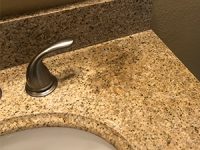 Is My Stone Really Stained?
Is My Stone Really Stained?We have received many calls regarding “staining,” and in some cases the issue is not a stain at all. Here are some examples of stone problems that look like stains but are not actually stains.
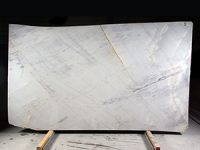 Is My Countertop Quartzite or Marble?
Is My Countertop Quartzite or Marble?Quartzite will not etch or scratch. If you have quartzite that is etched and scratched, it may actually be marble. This article explains the difference so that you can tell what countertop material you truly have.
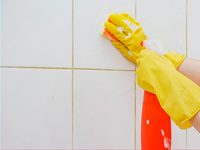 Top 10 Causes of Grout Turning Yellow
Top 10 Causes of Grout Turning YellowHome and business owners and property managers have a common complaint about grout turning yellow. Read this article to learn about possible causes and solutions.